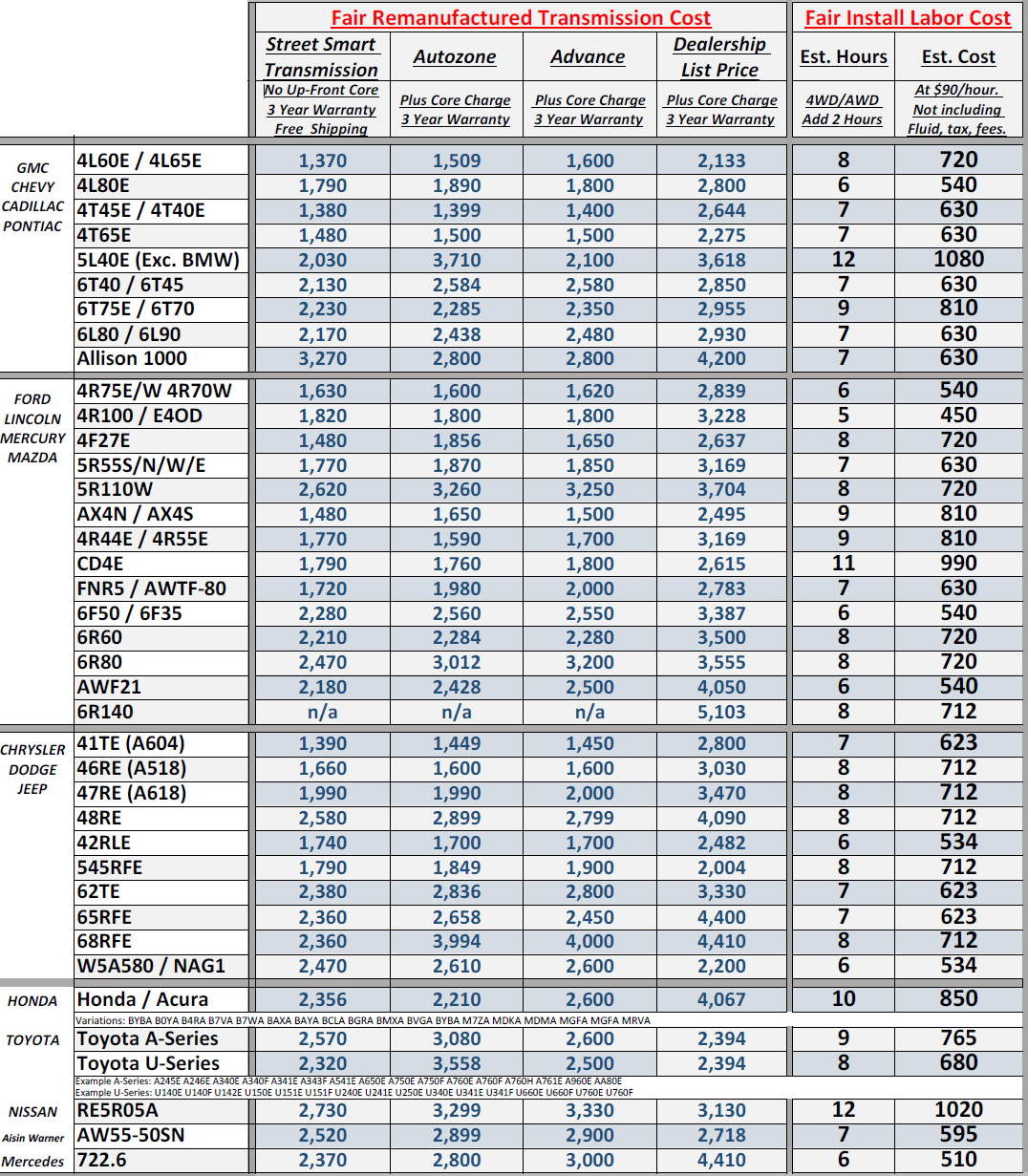It’s nothing like that. Let’s look at the whole picture, for a start. Your 1500 is 4X4, so you have to start thinking in terms of two wholly different vehicles, the front end truck and the back end truck (it may sound silly to say this, but it isn’t because your vehicle has two differentials and what amounts to two driveshafts, at times, of course).
As unlikely as it may seem, have your technician check your driveshafts for trueness and roundness. When you have your driveshafts “checked for true” the technician checks to see if there is any flexion going on. Flexion is another way of saying flexing and it is possible that the center of one or both of the shafts could be slightly more maleable under stress and heat and is therefore causing the shaft to spin with a slight judder or shimmy. It may not be very noticeable because it is covered up by noisy and truck movements but it is, nevertheless, a real problem. In turn, it will cause other shafts and linkages to be slightly “out of true” and the result will be damage. In this case, the cumulative effects of slight misalignments (out of true) can easily lead to failing transmissions (multiple). Also, be sure the shafts are actually round. If they are slightly oval, then the centrifugal weight carried by the shafts and its inertia that is entered into the general movement of the engine. Since this is additive, this is carried into the transmission and it can damage the tranny quite severely.
By the same token, the gearing in the differential itself may be skewing the rotation of the shafts and if it is then you are introducing issues into the entire transmission/driveshaft/wheel system that can cause serious internal damage to the transmission.
The problem definitely is not transmission-related as you have replaced five, one after the other, that were working before they were placed in your truck. It is more than likely in the shafts or differentials, making it a mechanical problem.

